1. Enzoji Temple, Fukushima
The ancient Enzoji Temple nestled amidst a stunning natural landscape (Image source: Collected)
Enzoji Temple, located in Fukushima Prefecture, Japan, is one of Japan's most famous temples with immense historical value. Built in 807, this temple is not only a place of Buddhist worship but also a testament to the development of Japanese beliefs and culture over the centuries. The unique architecture of Enzoji Temple blends seamlessly with the surrounding nature, creating a serene and peaceful atmosphere. Each season, Enzoji Temple displays a different beauty, from the vibrant cherry blossoms in spring to the snow-covered landscape in winter.
Furthermore, Enzoji Temple is also notable for the Nanokado Hadaka Mairi festival, an event celebrating the unique Buddhist beliefs of the Fukushima region. This festival not only attracts local people but also serves as a highlight for tourists wanting to learn about traditional Japanese customs and rituals. Visiting temples and shrines in Japan, especially Enzoji Temple, will provide visitors with unforgettable experiences of a profound Buddhist culture.
2. Ryusen Temple, Fukushima
Ryusen Temple – A place for meditation amidst peaceful nature (Image source: Collected)
Nestled peacefully in Fukushima Prefecture, Ryusen Temple boasts a remarkable history dating back to 1320. The temple has weathered many storms, with its current main structure reconstructed in 1758. Visitors are captivated by the tranquil atmosphere, exquisite carvings, and picturesque surrounding landscape.
Ryusen Temple is also famous for its Zazen meditation practice, which helps visitors relieve stress and find inner balance. In addition, yoga and calligraphy classes are also enjoyable experiences for those who want to explore Japanese culture in more depth. Every corner of the temple exudes serenity, making it a suitable place for visitors to temporarily escape the hustle and bustle of life.
3. Aizu Sazae Temple, Fukushima
Aizu Sazae Temple with its unique architecture (Image source: Collected)
Aizu Sazae Temple, built in 1796 in Aizuwakamatsu, is notable for its unique double spiral staircase design. This 16.5-meter-high hexagonal structure not only showcases the artistry of Japanese craftsmen but also holds profound spiritual significance. Upon entering the temple, visitors follow a spiral journey to the top and back down without encountering anyone coming from the opposite direction. Along the way, visitors will encounter 33 Kannon Buddha statues – symbols of compassion and wisdom. Nestled amidst beautiful nature, the temple offers a rare sense of peace and sacredness.
4. Enichi Temple, Fukushima
Enichi Temple is notable for its architecture and is the oldest temple in the Tohoku region (Image source: Collected).
Enichi Temple, built in the early Heian period, is the oldest temple in Tohoku, Japan. It is not just an architectural masterpiece but also a living testament to history. The centuries-old foundation stones at Enichi Temple create a mystical atmosphere, attracting visitors from all over. Surrounded by numerous other ancient temples and shrines, it forms a unique temple complex in Japan, making it an unmissable opportunity for visitors to explore the surrounding area.
Furthermore, a unique feature of Enichi Temple is the illumination events held on various occasions throughout the year. As night falls, the temple becomes enchanting and magical, with streams of colorful light creating a wondrous spectacle that attracts tourists and locals alike.
5. Kinkakuji Temple, Kyoto
Kinkakuji Temple is a magnificent masterpiece in the heart of Kyoto (Image source: Collected)
Kinkakuji Temple, also known as the Golden Pavilion, is a magnificent architectural icon of Kyoto. Built in 1397, the temple served as the residence of Shogun Ashikaga Yoshimitsu before being converted into a Zen temple. The two upper floors of the temple are covered in gold leaf, reflecting a brilliant light and highlighting its luxurious and sacred beauty. Surrounding the temple is a traditional landscaped garden and Kyoko-chi Pond, considered a "natural mirror" reflecting the temple's image on the water's surface. Each season, the scenery here takes on a unique color, from the autumn foliage to the cherry blossoms of spring. Kinkakuji is not only a popular tourist destination but also a place that brings peace to the soul.
6. Tenryuji Temple, Kyoto
The peaceful atmosphere at Tenryuji Temple (Image source: Collected)
Located in Kyoto, Tenryuji Temple is one of the most famous and beautiful temples in Japan. Built in 1339 by Shogun Ashikaga Takauji, the temple boasts a majestic and refined traditional architectural style. With its elegant pagodas and Sogen Chiteien garden, Tenryuji is a sacred temple and a masterpiece of Japanese art and architecture.
Tenryuji Temple is an ideal destination for those wishing to learn about famous temples in Japan, especially those who appreciate serene spaces and classical art. It is not only an important cultural heritage site but also an indispensable part of any exploration of Kyoto, a city possessing peaceful natural beauty and a deep connection to Buddhism.
7. Fushimi Inari Shrine, Kyoto
Fushimi Inari Taisha Shrine - A symbol of Japanese Shintoism (Image source: Collected)
Nestled peacefully at the foot of Mount Inari in Kyoto, Fushimi Inari Taisha Shrine has long been known as a prominent symbol of Japanese Shintoism. Built in the 8th century to worship the god Inari, the shrine attracts millions of visitors each year. Its unique atmosphere is further enhanced by thousands of vermilion torii gates lining the paths leading to the mountaintop.
Each torii gate is sponsored by individuals or organizations, carrying wishes for bountiful harvests or business prosperity. Here, visitors can not only admire the mystical beauty of the rows of red gates but also explore the small paths leading to the surrounding smaller shrines, immersing themselves in the peaceful atmosphere amidst the lush greenery. Another special highlight of Fushimi Inari is the fox statues – messengers of the god Inari – placed throughout the shrine grounds, creating a scene that is both sacred and unique.
8. Sensoji Temple, Tokyo
Sensoji Temple is notable for its classical and majestic architecture (Image source: Collected)
Located in Asakusa, Tokyo, Sensoji Temple is Japan's oldest temple, built in 645. With its majestic architecture and ancient beauty, Sensoji is not only a sacred place but also a cultural symbol of the capital. A distinctive feature of the temple is the Kaminarimon Gate (Thunder Gate) with its giant red lantern, creating an unforgettable impression on visitors from the moment they arrive. The Nakamise-dori street in front of the temple offers a lively atmosphere with numerous souvenir shops and traditional food stalls . Sensoji offers a perfect blend of history, culture, and modern life, attracting millions of visitors every year.
9. Meiji Shrine, Tokyo
The serene beauty of Meiji Shrine amidst bustling Tokyo (Image source: Collected)
Located in the heart of the bustling capital, Meiji Shrine (Meiji Jingu) commemorates Emperor Meiji and Empress Shoken. Built in 1920, Meiji Shrine is notable not only for its simple yet dignified architecture but also for being surrounded by a vast forest with over 100,000 trees. The shrine's tranquil and peaceful atmosphere creates a fascinating contrast to the hustle and bustle of Tokyo. The cobblestone paths leading to the shrine, the imposing torii gates, and the traditional Shinto rituals make it a must-see destination when exploring temples in Japan. During the New Year, millions of visitors flock to Meiji Shrine to pray for health, wealth, and happiness.
10. Todaiji Temple, Nara
Todaiji Temple - A symbol of the glory of the Nara period (Image source: Collected)
Todaiji Temple, located in the ancient capital of Nara, is not only a symbol of Japanese Buddhism but also a UNESCO World Heritage Site. Built in 743, it is the world's largest wooden structure and houses a colossal 15-meter-tall bronze statue of the Buddha Vairocana. The majestic architecture of Todaiji is a testament to the skill of ancient craftsmen. The temple grounds are expansive, surrounded by lush gardens and wild deer, creating a harmonious blend of human life and nature. Here, visitors can experience tranquility and peace amidst the ancient capital.
11. Hasedera Temple, Kanagawa
Hasedera Temple is one of the most sacred temples in Japan (Image source: Collected)
Hasedera Temple, famous for its 9.18-meter-tall statue of the 11-faced Kannon Bodhisattva, is one of the oldest and most sacred temples in Japan. Built in the 8th century, the temple is a place of worship with a serene atmosphere that helps visitors find peace of mind. Lush green trees, babbling streams, and the faint scent of incense contribute to the sacred atmosphere characteristic of this renowned Japanese temple. Hasedera Temple is also a popular destination in the summer when hydrangeas bloom, covering the entire grounds. At this time, the temple seems to be adorned with a new, shimmering, and poetic cloak, creating a beautiful natural landscape.
12. Chureito Temple, Yamanashi
The breathtaking scenery at Chureito Pagoda leaves visitors in awe (Image source: Collected)
Chureito Pagoda is situated on a mountainside overlooking Fujiyoshida City and the majestic Mount Fuji. It is one of Japan's most famous temples, beloved by tourists for its beauty. The five-story pagoda is part of the Arakura Sengen Shrine, built in 1963 as a peace memorial. To admire the beauty of Chureito Pagoda, visitors must climb 400 steps, but the reward is well worth it: the breathtaking scenery, especially in spring when the cherry blossoms are in full bloom or in autumn with the vibrant golden hues of the maple leaves. The view from Chureito Pagoda evokes a sense of tranquility, leaving every visitor in awe of the pristine beauty of Japanese nature.
13. Osu Kannon Temple, Aichi
Osu Kannon Temple is home to many valuable cultural artifacts (Image source: Collected)
Osu Kannon Temple, located in Nagoya City, Aichi Prefecture, is one of the most sacred destinations when it comes to famous temples in Japan. Over 1000 years old, Osu Kannon is one of the three largest temples dedicated to Kannon (Guan Yin) in Japan. The temple impresses with its harmonious blend of ancient architecture and a serene atmosphere, where devotees and visitors can come to find peace of mind. Besides the Kannon statue, the temple also houses many valuable treasures, including the Shinpukuji Bunko, a collection of over 15,000 books and important historical documents of Japan. This combination of cultural heritage and spiritual belief makes Osu Kannon an attractive destination for those who enjoy exploring temples in Japan.
14. Nachi Taisha Shrine, Wakayama
Nachi Taisha Temple stands out amidst a picturesque natural landscape (Image source: Collected)
Located in Wakayama Prefecture, Nachi Taisha Temple is part of the Kumano Kodo World Heritage Site. Distinguished by its vermilion-red main hall situated at an altitude of 330 meters, the temple offers a tranquil space amidst the vast mountain forests. A special feature of Nachi Taisha is its proximity to Nachi Falls, Japan's highest waterfall, creating a stunning and picturesque setting. With 467 stone steps leading up to the temple, the journey to Nachi Taisha is not only a physical adventure but also a spiritual journey that purifies the soul. The temple is dedicated to Kumano Fusumi no Okami, the deity who unites people and brings harmony between nature and life.
15. Itsukushima Shrine, Hiroshima
Itsukushima Shrine stands out against the deep blue water (Image source: Collected)
Located on Miyajima Island, Itsukushima Shrine is known for its vibrant red torii gate rising above the deep blue waters. It is one of the three most beautiful sights in Japan, recognized by UNESCO as a World Heritage Site. This floating shrine is dedicated to the gods who protect the sea, nature, and art. At high tide, Itsukushima Shrine appears to float above the water, creating a magnificent and poetic scene. Conversely, at low tide, visitors can walk right up to the base of the torii gate to admire the unique architecture up close and take memorable photos.
Famous temples in Japan are not only pilgrimage sites for Buddhists but also inspiring destinations for those wishing to learn about the country's culture and history. Each temple, with its unique beauty and story, offers visitors unforgettable experiences. Travel to Japan with Vietravel to make your journey more meaningful by visiting these places and feeling the harmony between people and nature, between tradition and modernity.
Source: https://www.vietravel.com/vn/am-thuc-kham-pha/ngoi-chua-noi-tieng-o-nhat-ban-v16604.aspx


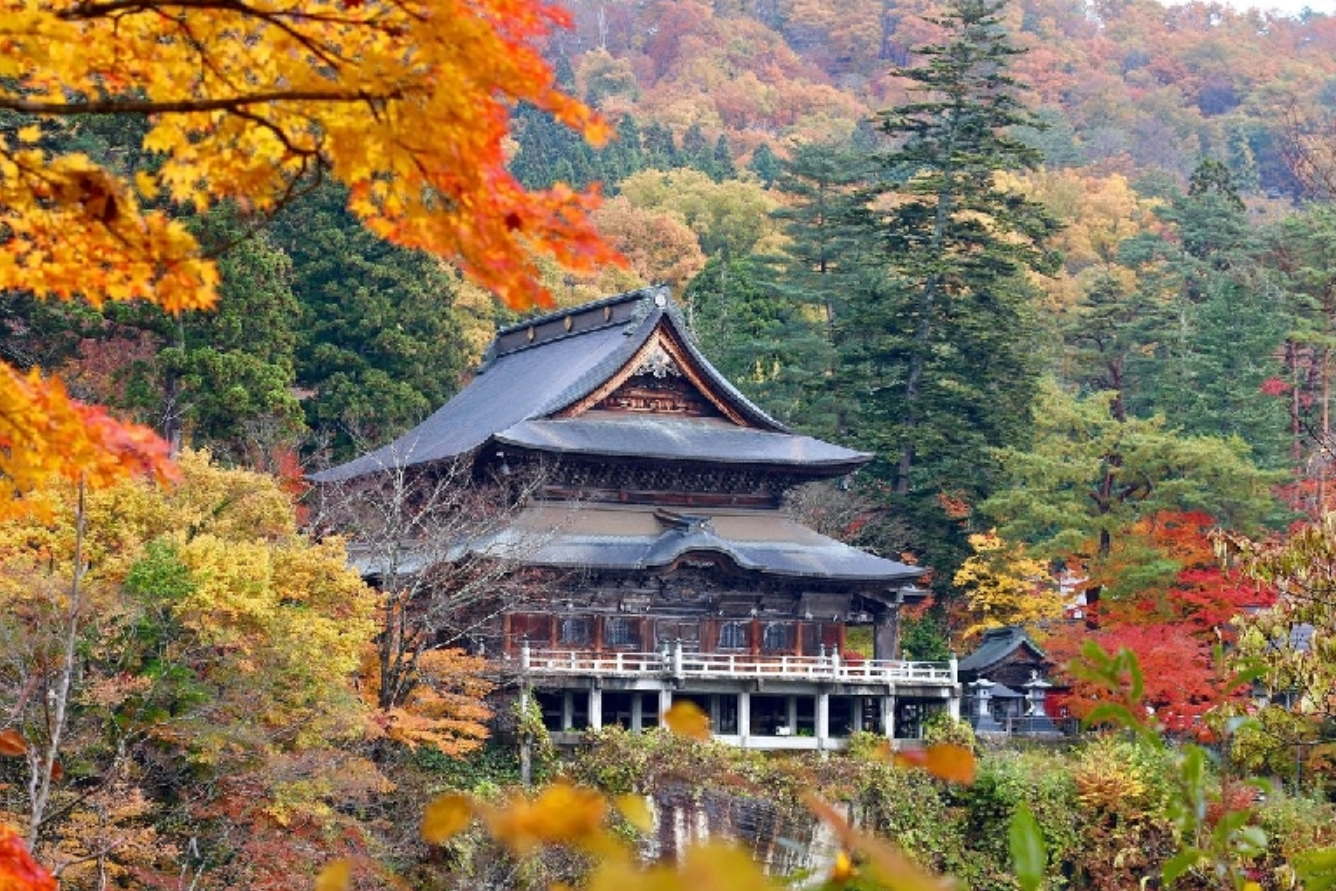
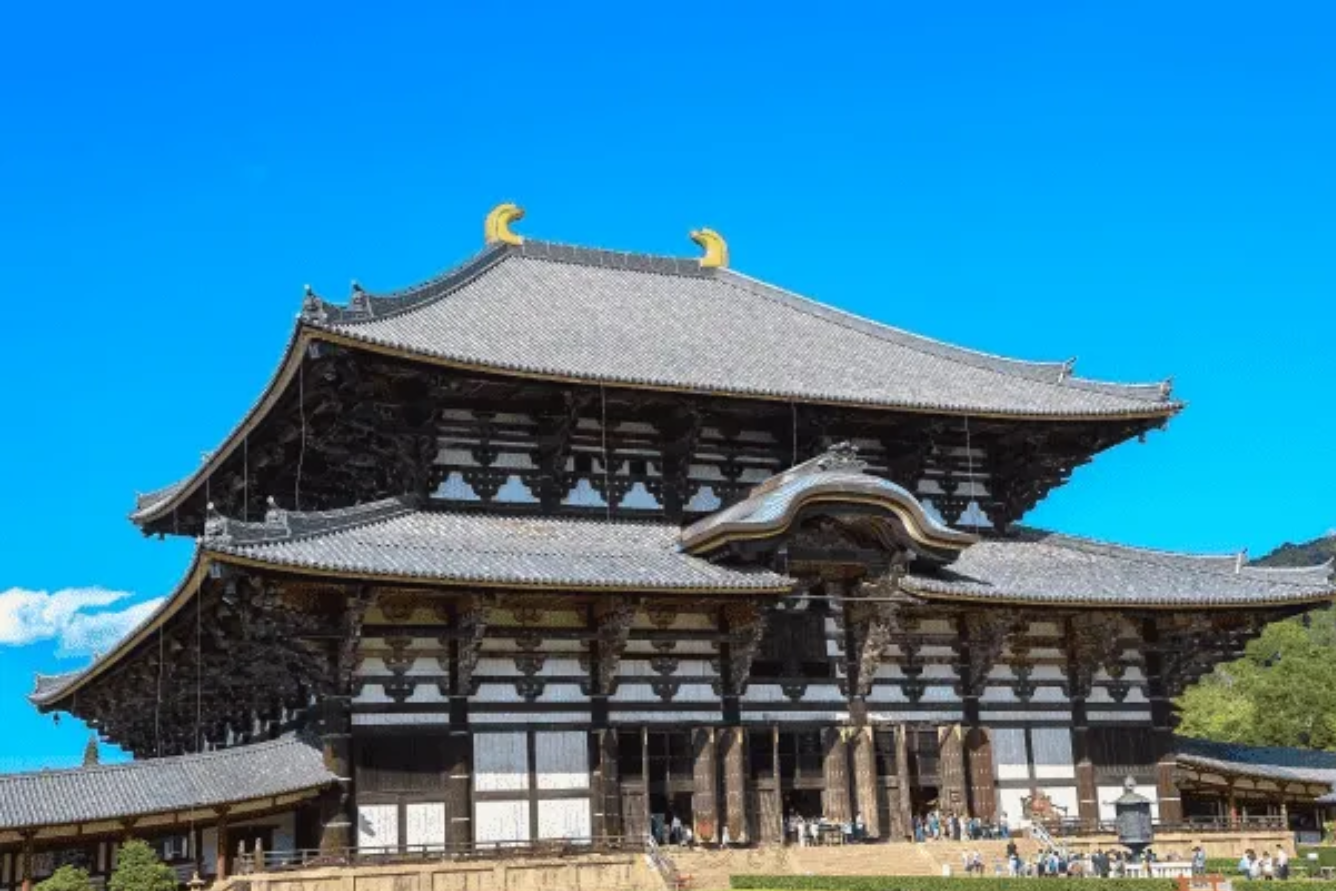
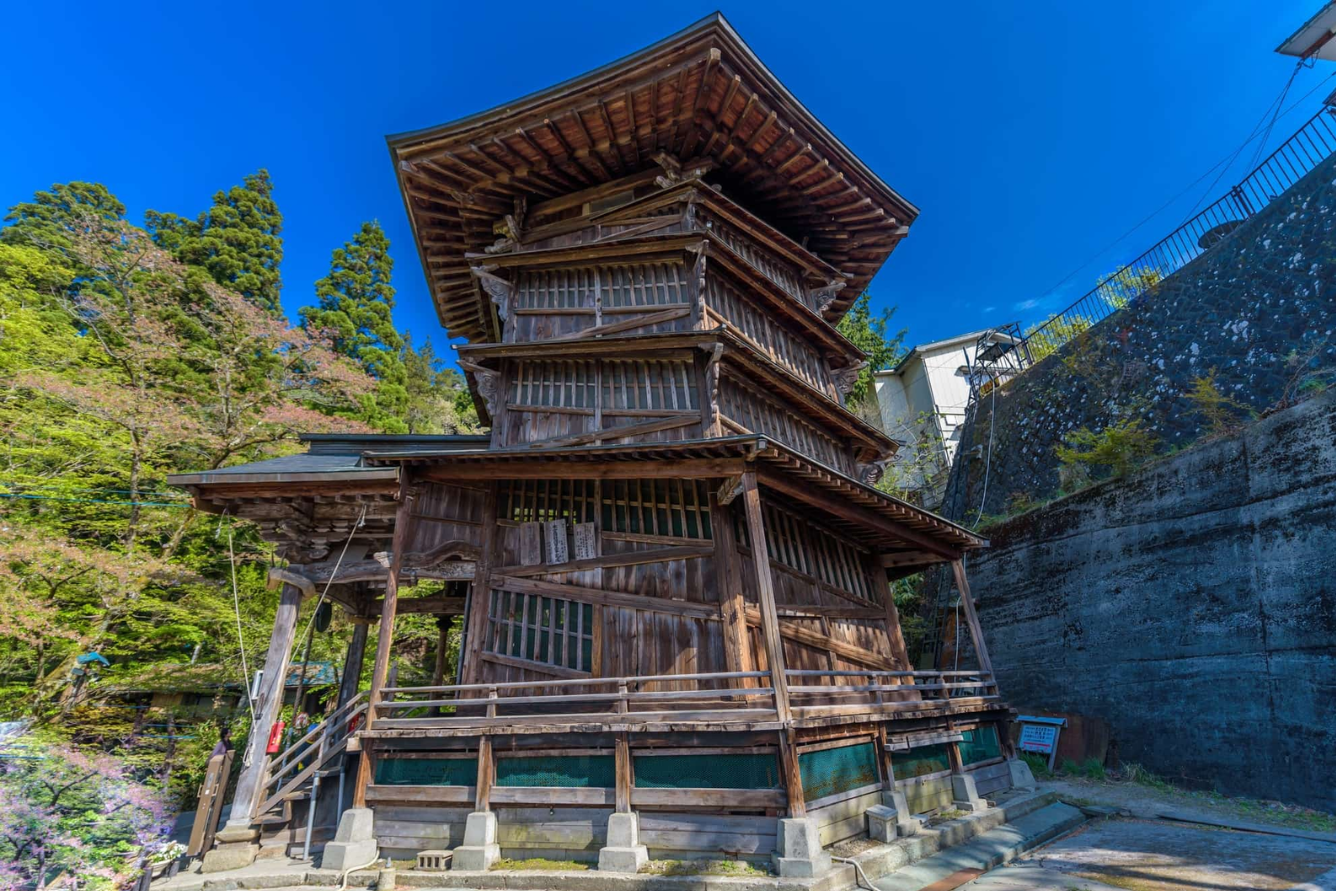
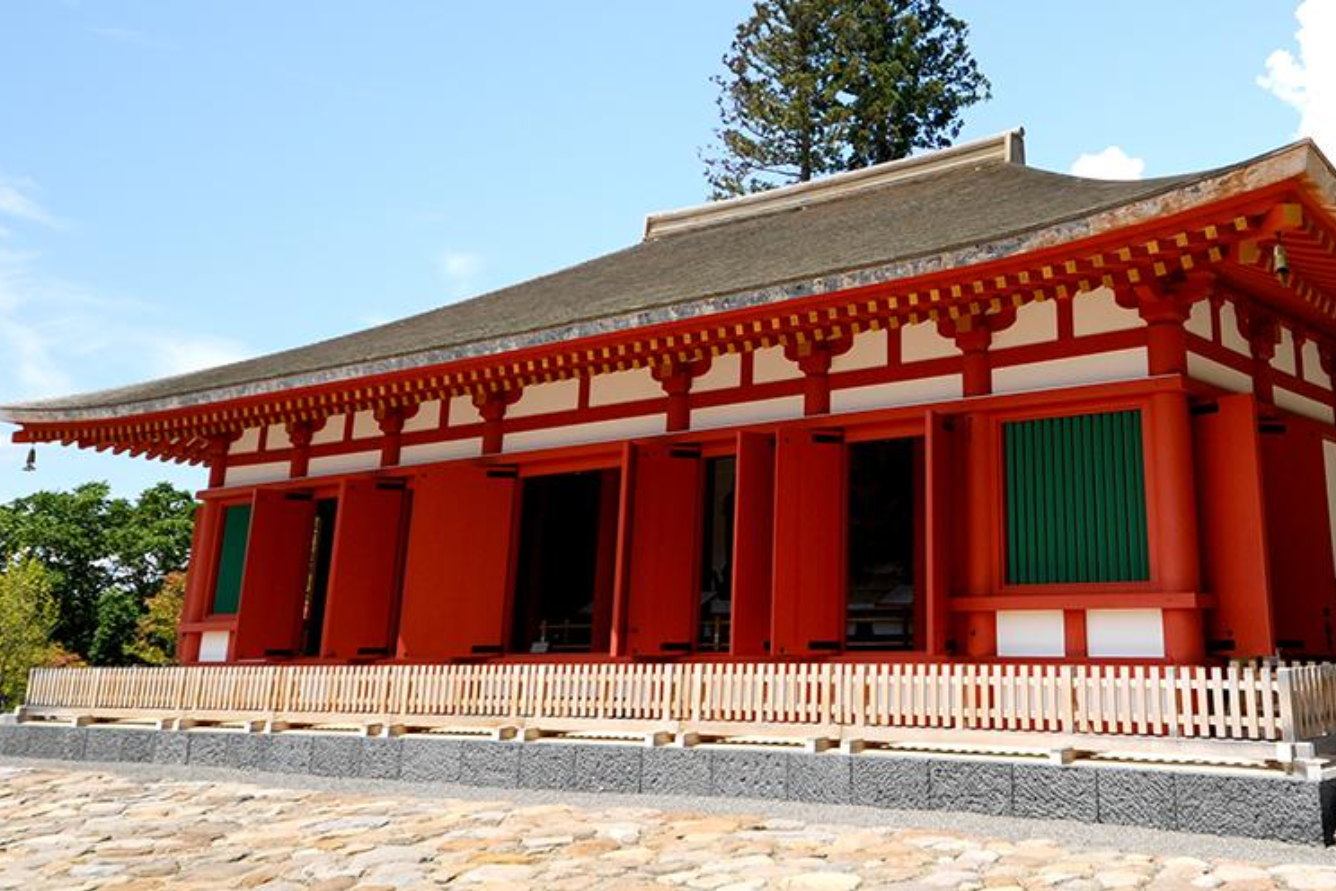
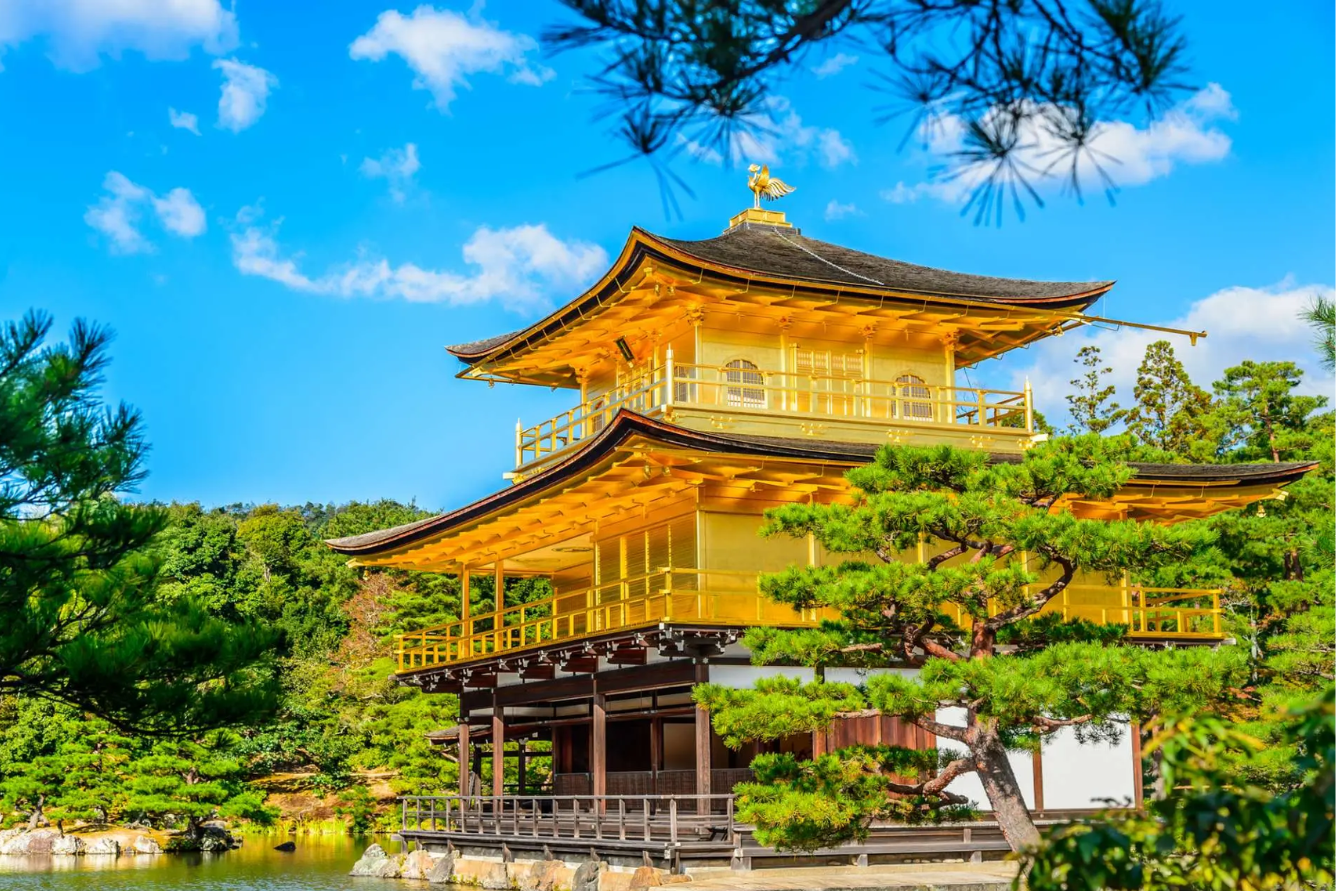
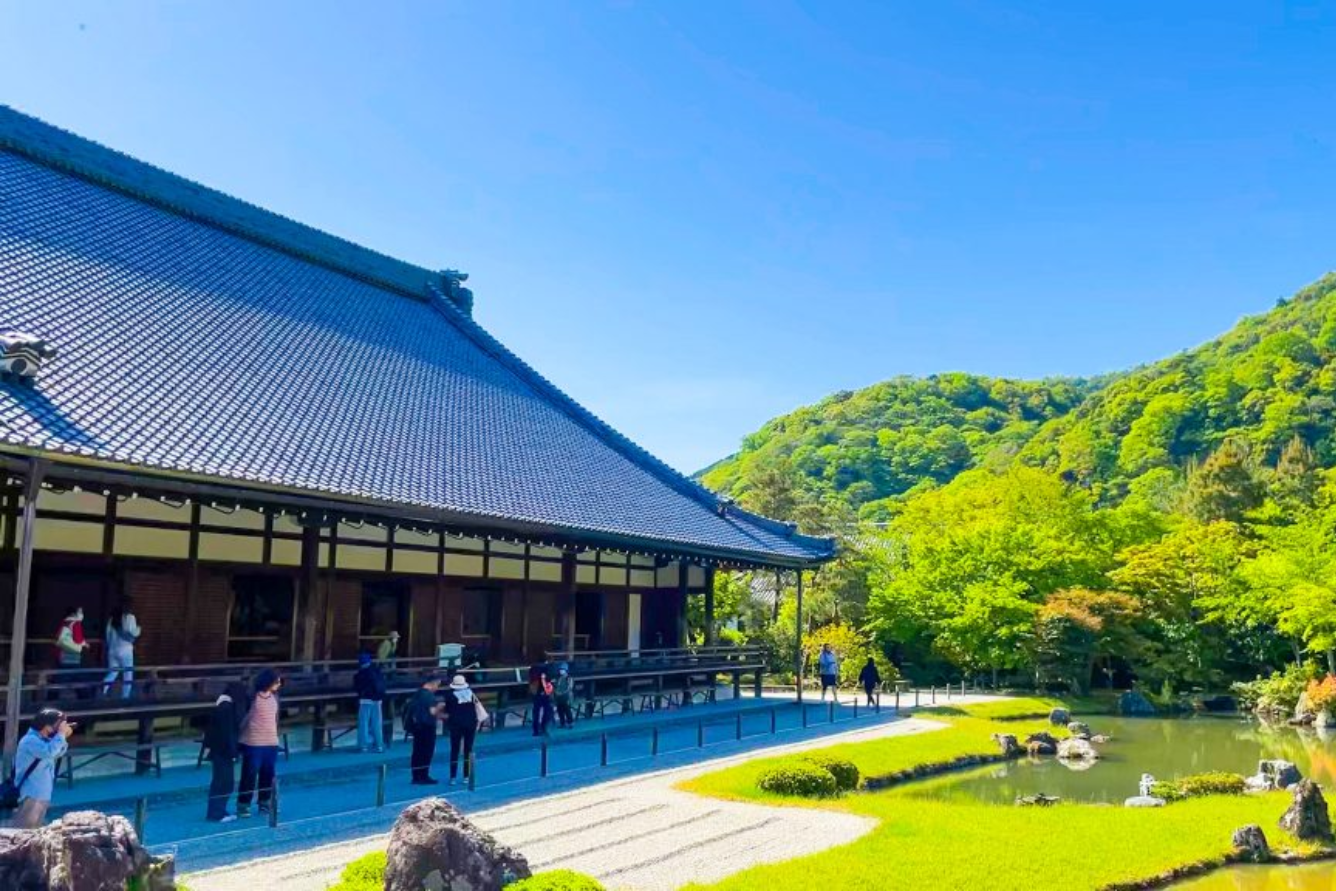

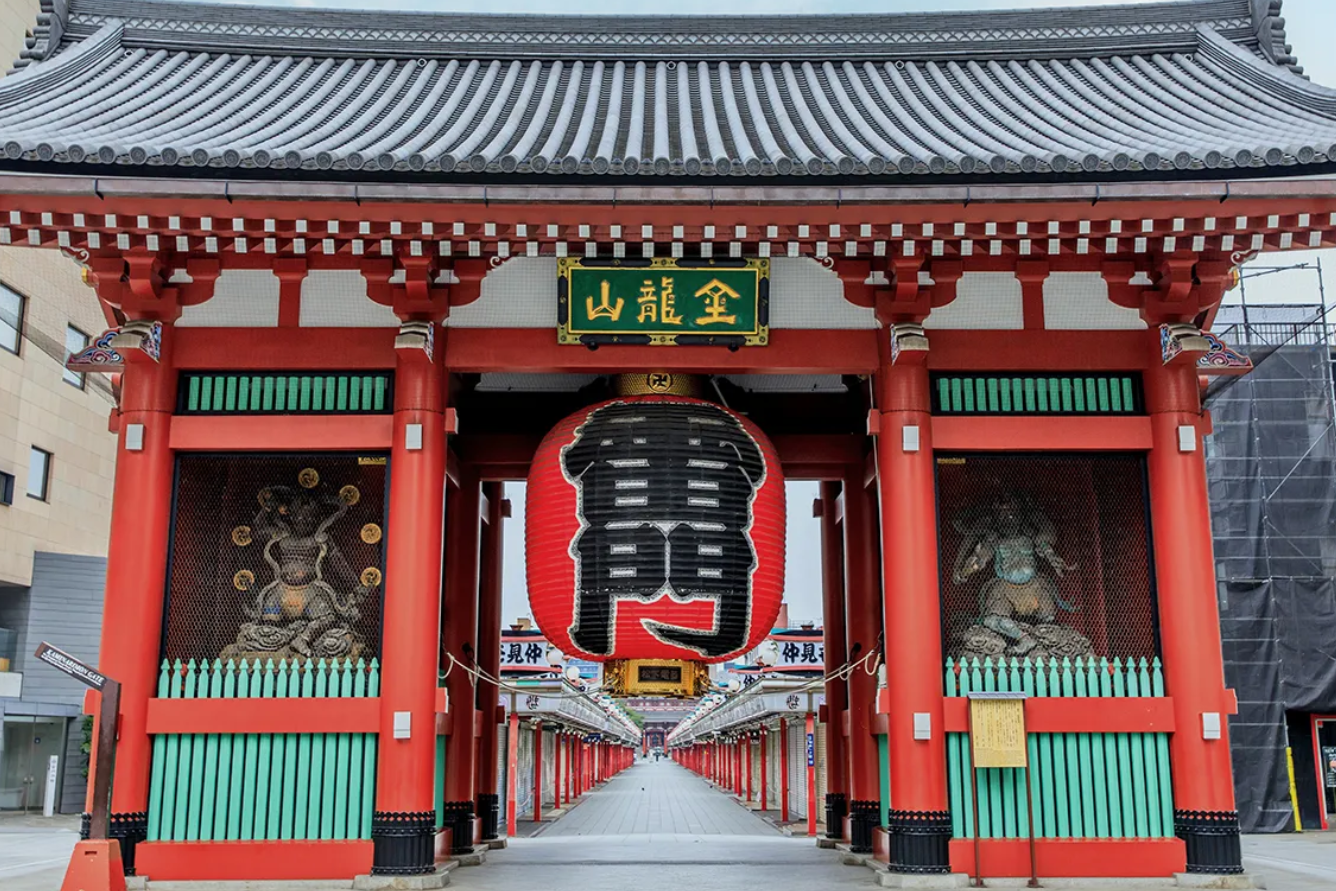
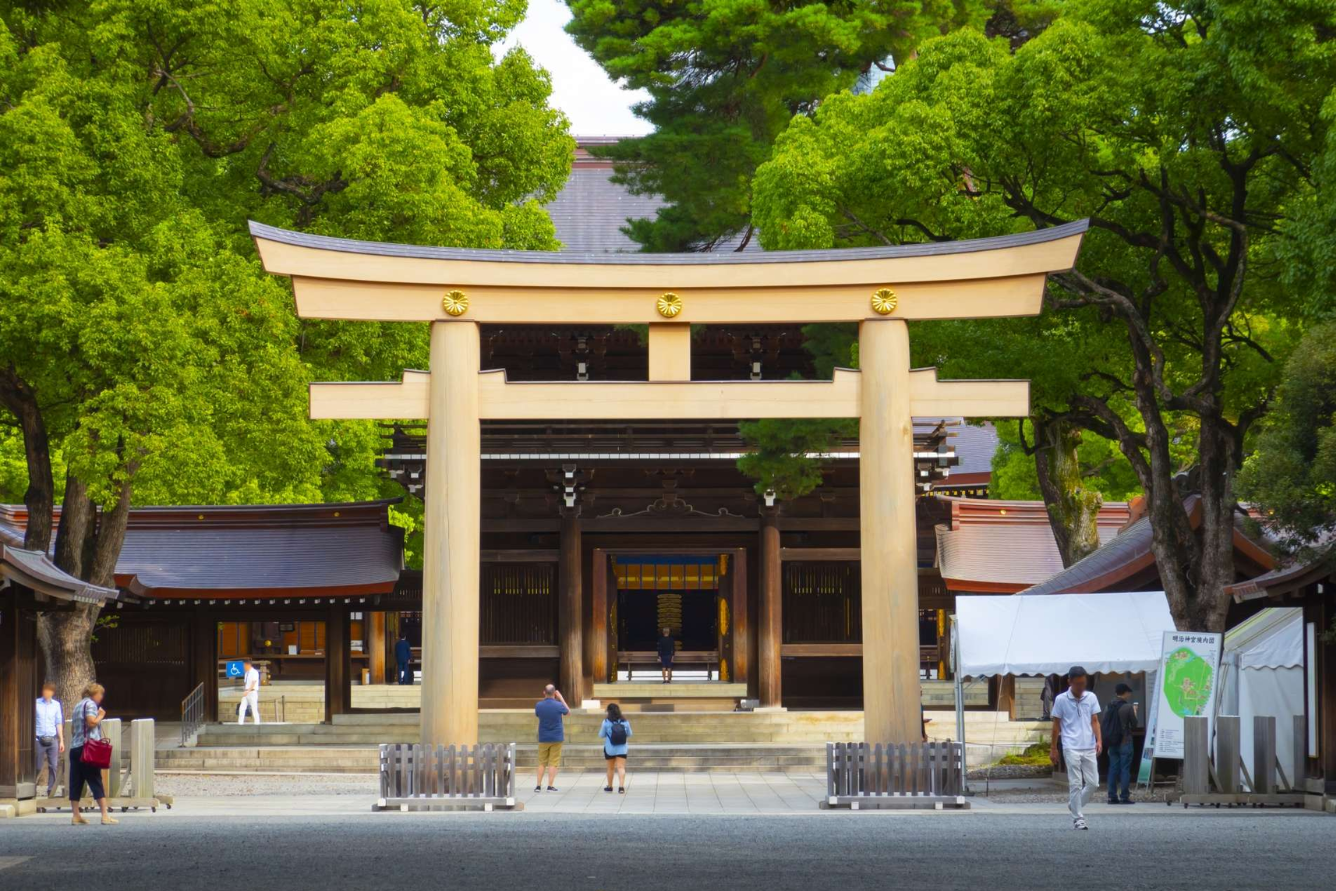
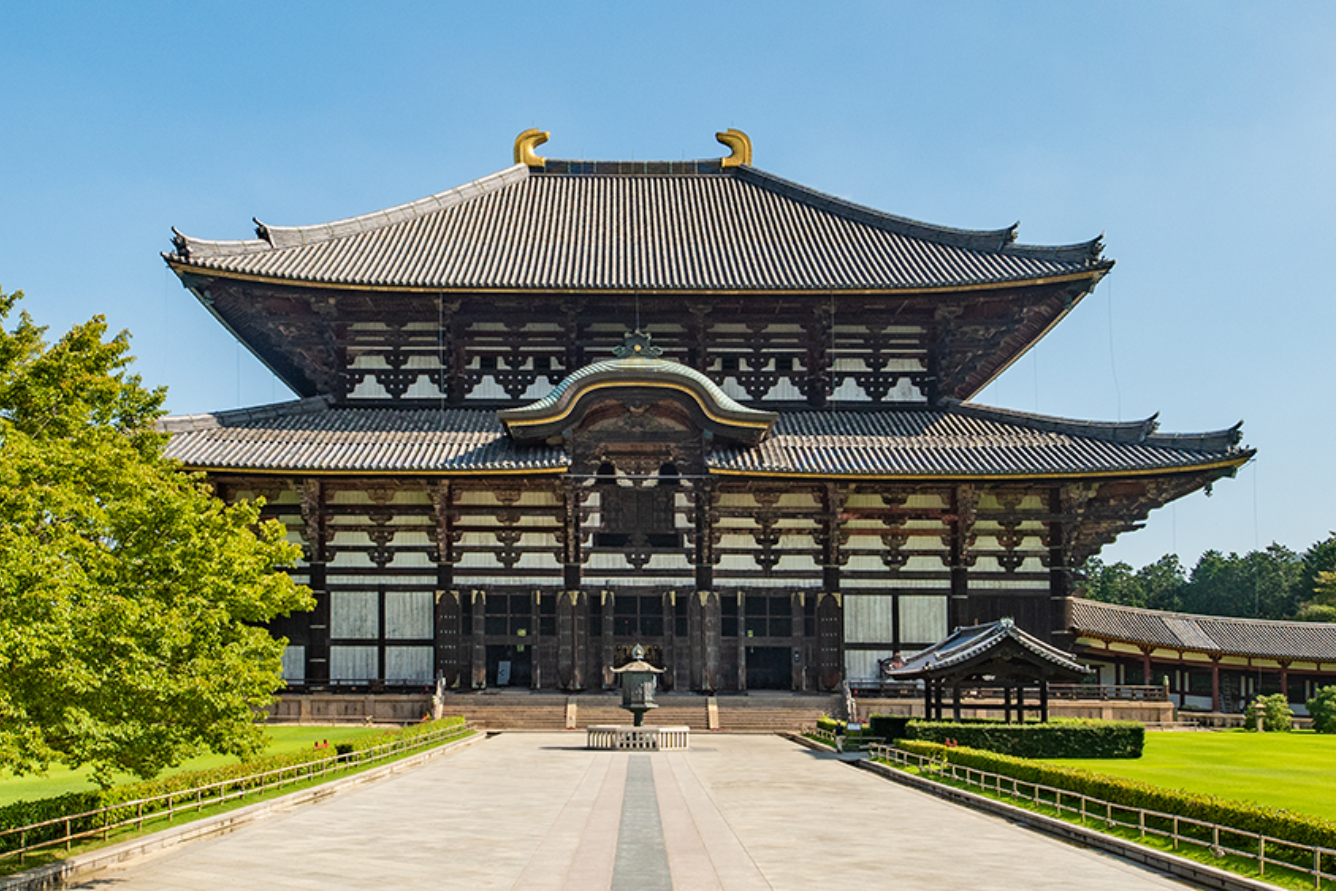

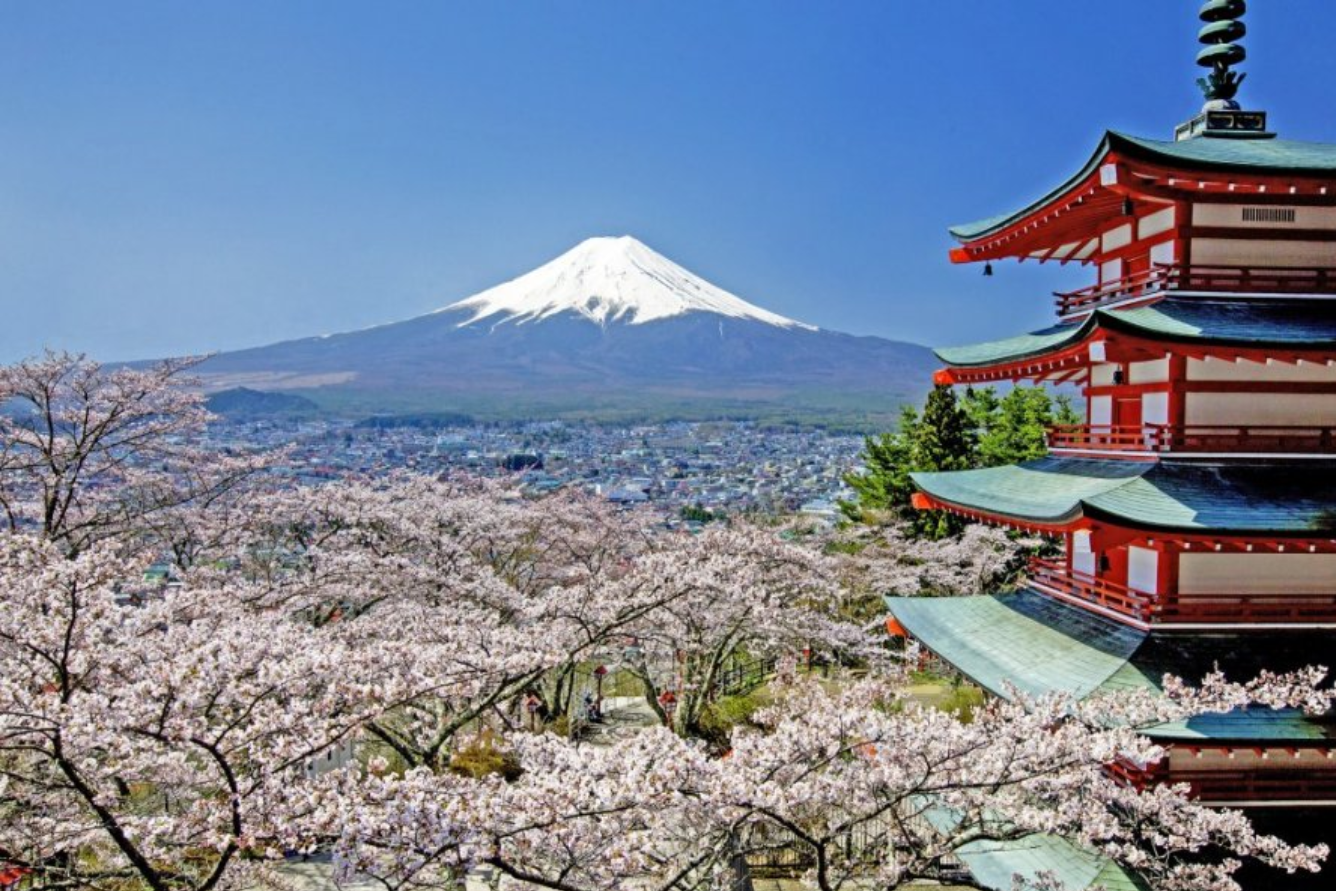
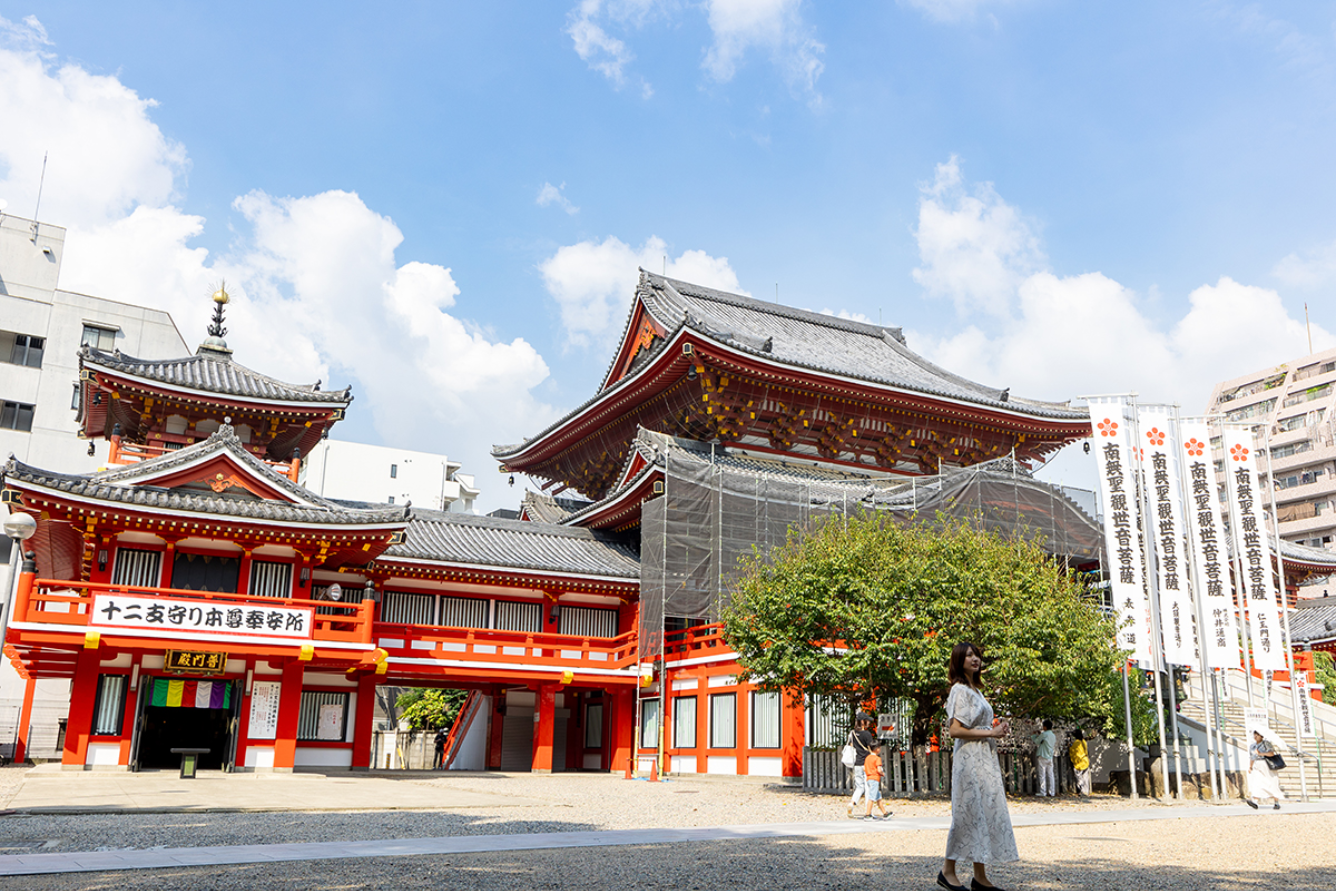
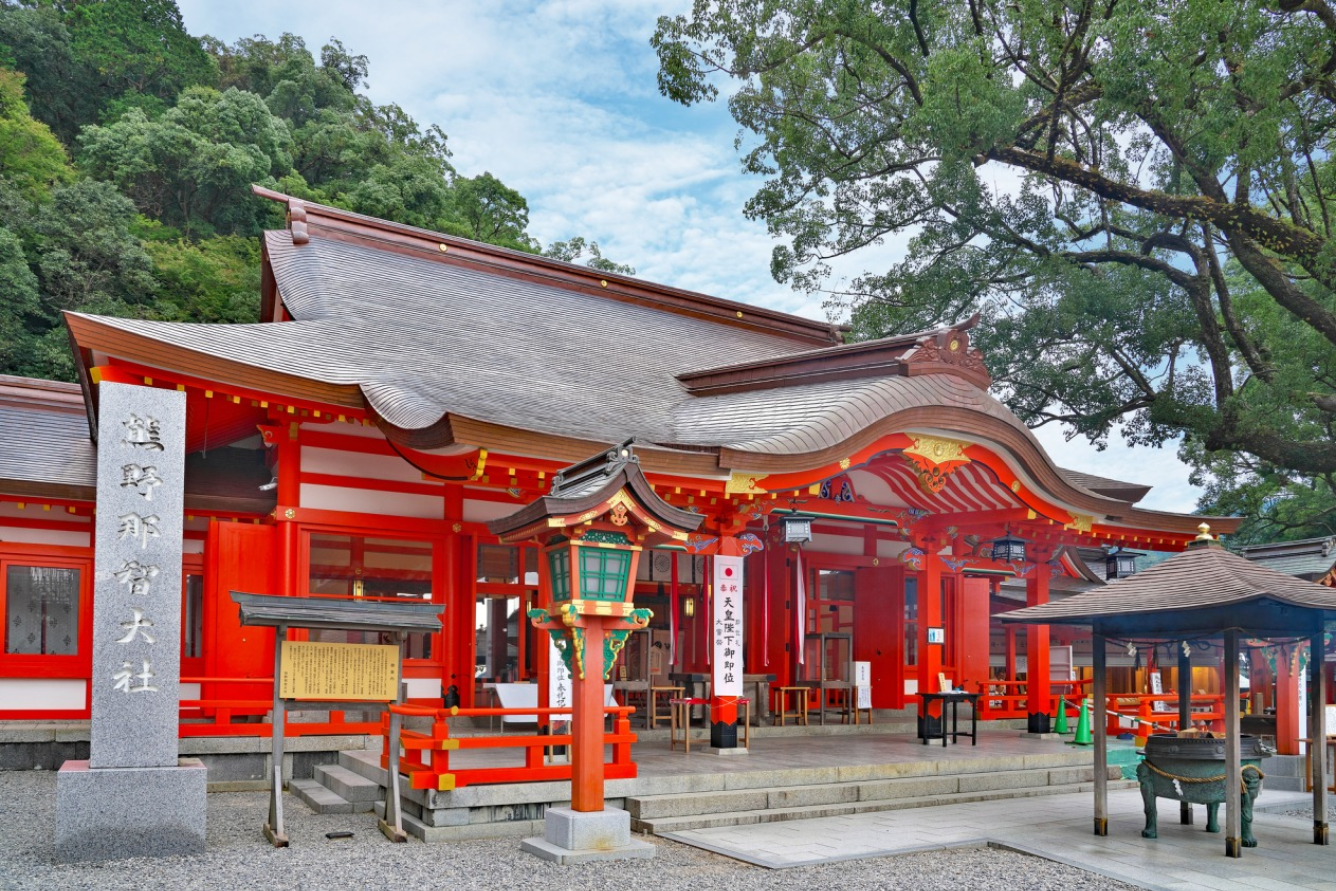





















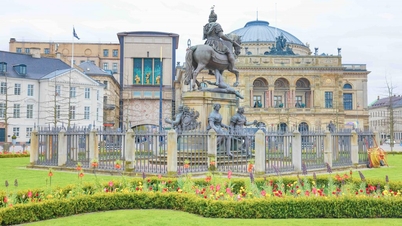
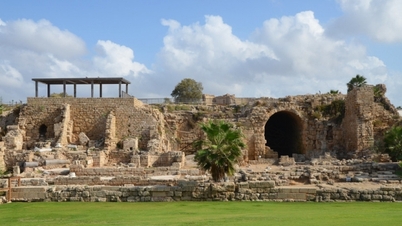




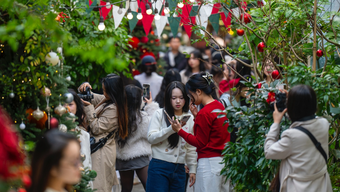















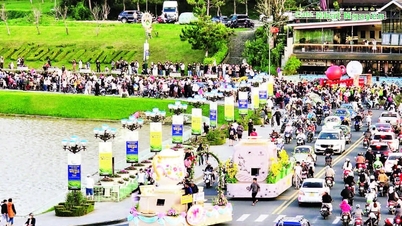

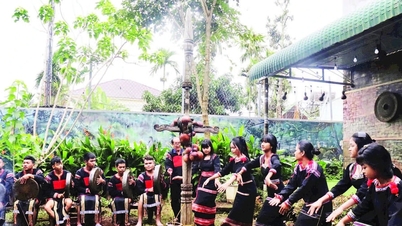


















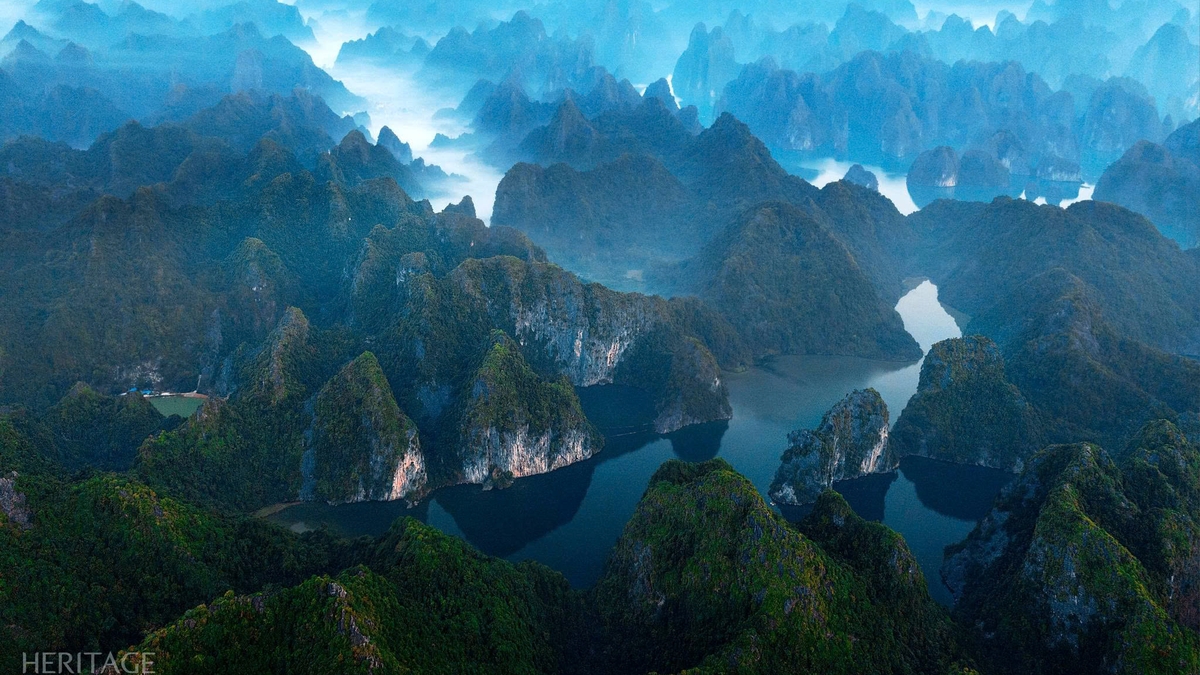
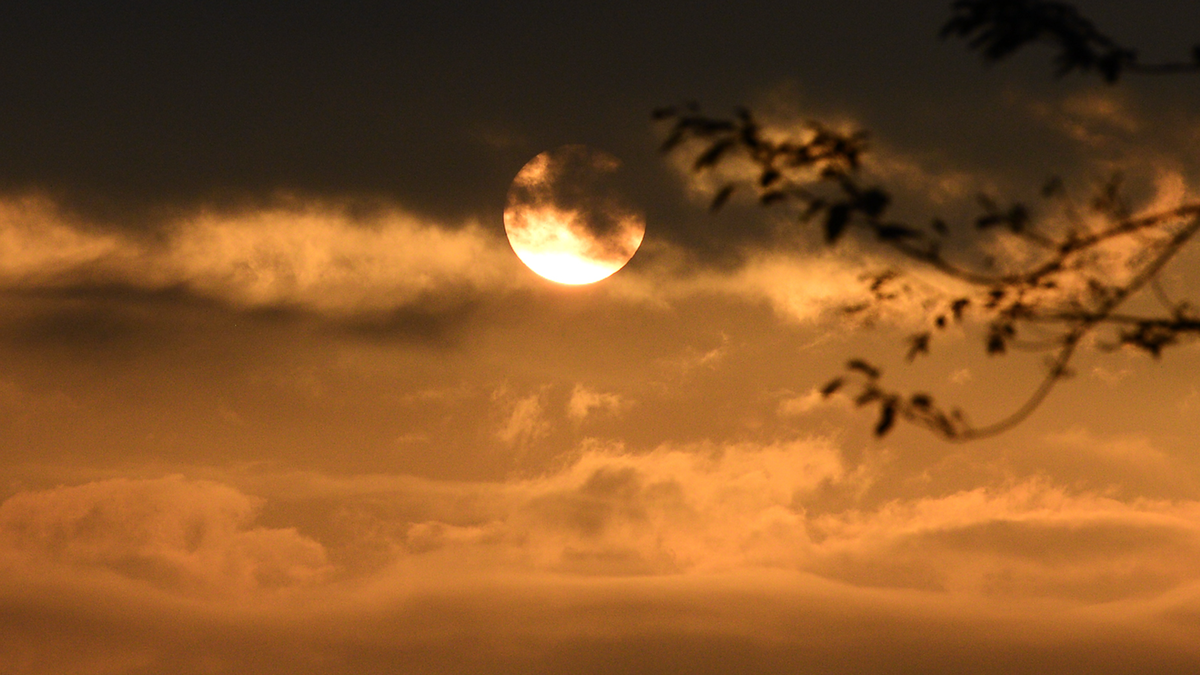
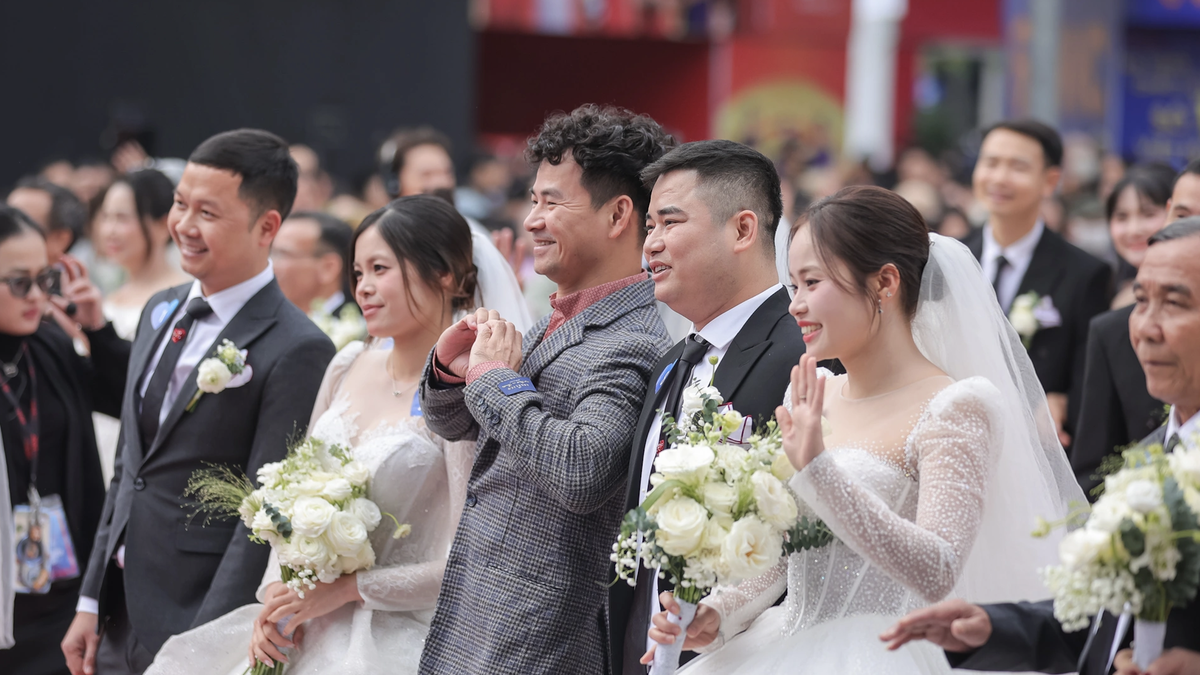
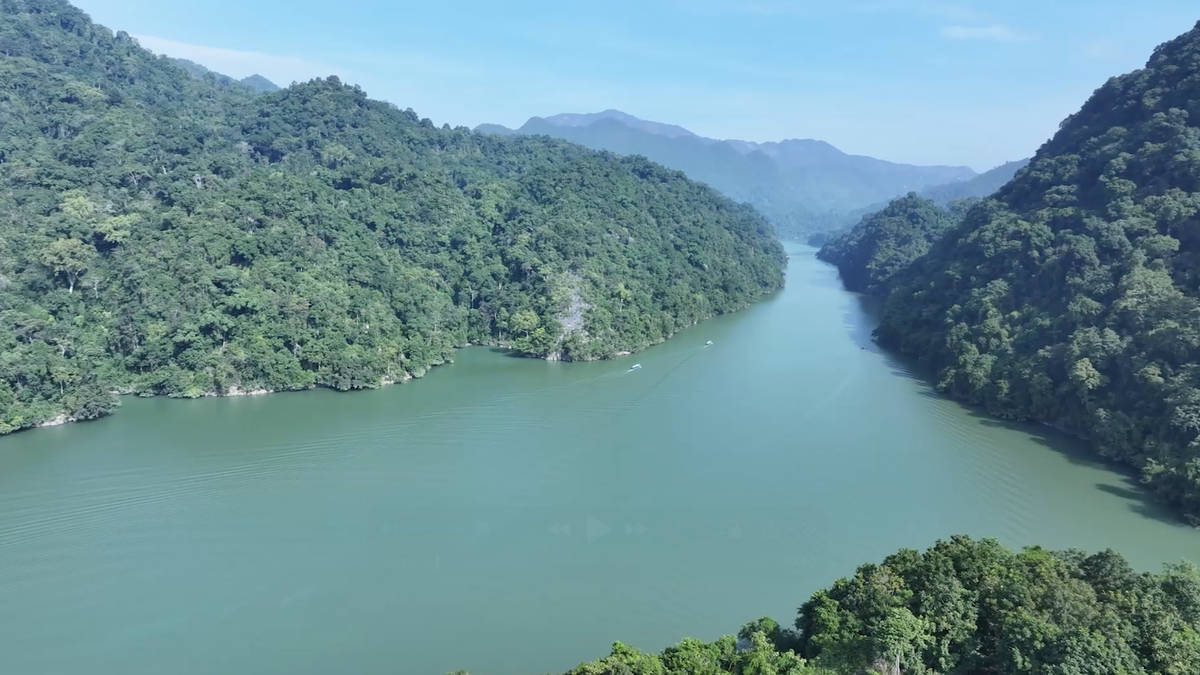









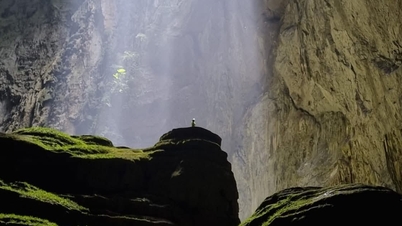












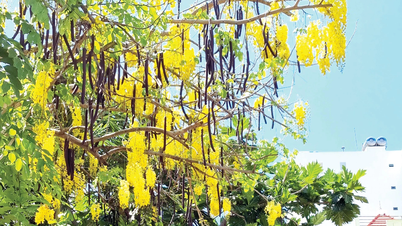
















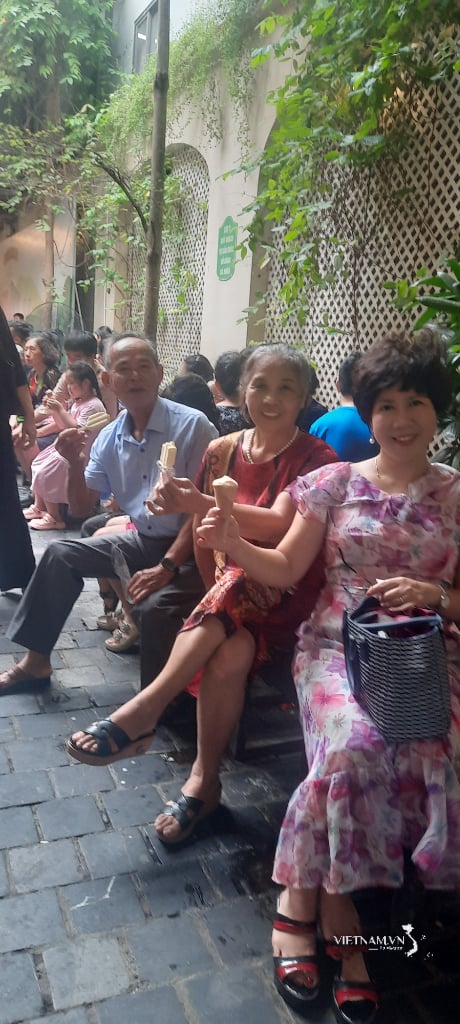

Comment (0)